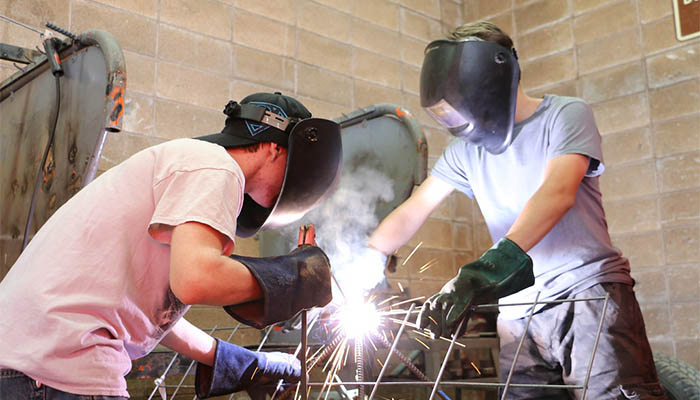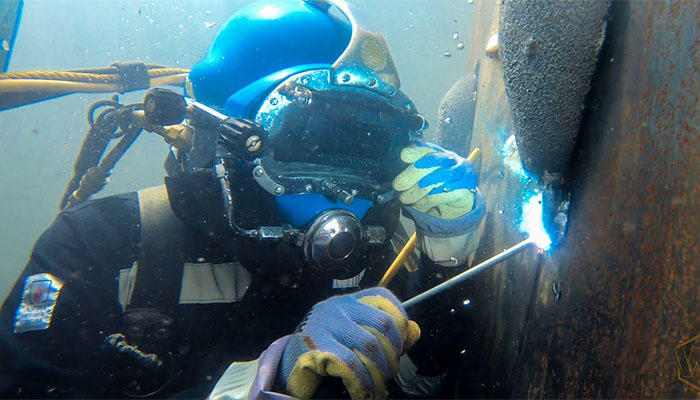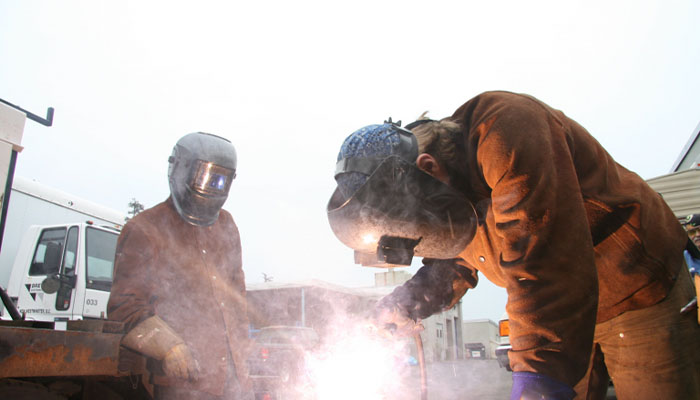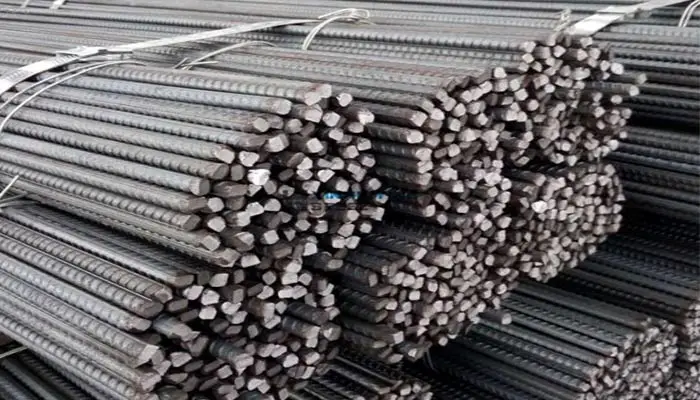Is Welding Bad for Your Health? Know Details!
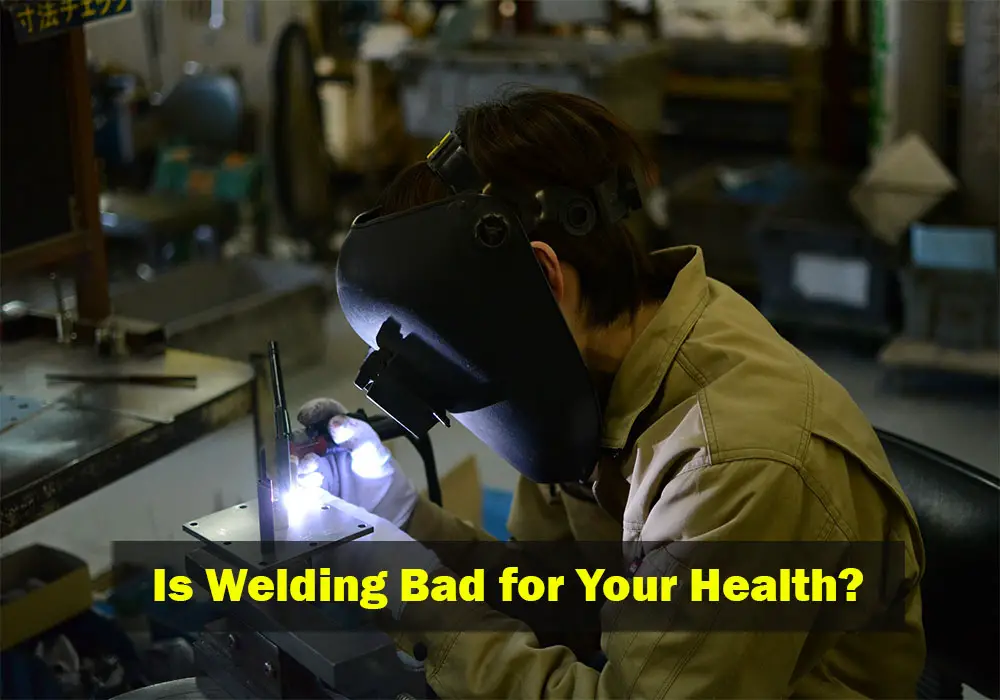
While welding is such a common job at any workstation that is subject to exposure so the question naturally arises, is welding bad for your health? Truthfully many long-term health problems are associated with welding however most of them are preventable. Since the incremental effects remain invisible at the starting point, many welders ignore these until they grow older and the effect starts causing damage.
In this guide, we will discuss the several health effects of welding as we all provide some effective instruction so the welder can keep away from the dangerous situation. So let’s read on!
Table of Contents
How does welding affect your health?
While welding is all about joining two pieces, some people wonder how it can be dangerous. While bonding two materials permanently with each other, it involves a range of energy sources including electric arcs, electric resistance, gas flames, lasers, friction, molten metal baths, electron beams, and ultrasound.
Continuing the process brings the risk of fire and explosion, burns, electric shock, electrocution, vision damage, and more. So there is enough change the welder can affect by one of these accidents that could injure the operator health badly.
Some crucial Health effects of welding
However, the list is large; in this section, we will discuss some major dangers of welding. Even if you don’t know what are the side effects of being a welder, the following list delivers you the answer.
Pneumonia
Usually, welders are prone to a lung infection that can lead to fatal pneumonia. However modern antibiotics can treat the infection still 40-50 welders need to be hospitalized each year.
Occupational asthma
Around 9 welders get asthma every year so badly. Recent research by HSE found that welding fumes can overwhelmingly cause asthma. Thus they recommend the welder wear protective gear and reduce the level of welding fumes.
Cancers
Welding fumes is globally marked as a potential reason for cancers. However, welding fumes are initially associated with stainless steel welding still it is responsible. Cancer is among the welding long-term health risks.
Metal fume fever
Many welders claim that they affected by flu after welding particularly on starting days, however, it is not a permanent problem. Some people believe that drinking milk before welding can prevent metal fumes, but it’s not true.
Irritation of throat and lungs
Fine particles and gases in welding fumes can cause tickling, coughing, dryness of the throat, or a tight chest. Ozone is another illness that is caused due to welding stainless steel and aluminum. Extreme exposure to ozone can lead to lung.
Temporarily reduced lung function
Overall lung capacity is caused by extended exposure to welding fumes, though it’s not a permanent problem.
Skin effects
Chromium and nickel released while welding can cause allergic contact dermatitis. It also brings the risk of exposure to ultraviolet radiation. Erythema or reddening of the skin is a common problem among welders.
Neurological effects
Research shows that welding mild steel fumes exposes manganese which can cause neurological symptoms. The symptoms include balance and speech disorders.
Vibration
Though welding or hot cutting processes generally don’t produce harmful levels of vibration they increase the risk of related tasks like needle scaling and grinding.
Noise
Electric arc welding usually generates harmful levels of noise. Spending ample time in a noisy environment can affect the ears.
Arc-eye
Arc-eye is an acute injury caused due to the radiation generated by welding. Usually, the eye turns red and becomes painful after being affected by welding. It may damage other parts of the eye as well.
Ocular melanoma
It’s a type of rare cancer that can be associated with welding especially if the welding produces ultraviolet radiation.
Other common injuries
Burns are the most common injury that can be caused during welding due to the lack of personal protective equipment. Exposure to arc rays is another common reason for damaging the eye. Bruises and cuts to toes and fingers are also common accident that occurs during welding. Wearing proper PPE is not only ensures protection against those injuries but also offers freedom of movement.
Tips to Protect Your Health When Welding
Paying attention and taking preventive measures can successfully reduce the risks of getting injured. Following some tips will help you be safe while welding:
- Keep your safe away from welding fumes
- If there is a natural breeze, stand to the side to allow it to push the fumes away from you rather than blocking them.
- You should be using the best work light for welding for safety and quality welding.
- If there is no natural breeze, you can use a cooling fan to do the same job. But make sure that you are using a small fan that won’t remove the shield gas around the arc. Move the cooling fan until you feel a slight breeze. Though the breeze won’t cool you it will dissolve the fumes and smoke.
- Before starting welding, clean the metal. So if there are coatings and paints in the targeted area grind them away to prevent creating any offensive odors and gases.
- Use your exhaust ventilation systems appropriately. Set the hood near the weld and set up the workstation in such a place that allows the ventilation to do its job properly.
- If there is no opportunity to use the exhaust ventilation system or cooling fan to capture the fumes then it will be better to wear a respirator that will protect the lungs
How to choose a welding respirator?
To reduce the chance of inhaling welding fume, there are two crucial ways that can ensure the proper supply of air to a respirator
A powered air-purifying respirator is run through a battery-powered filter that comes with a belt and delivers air to the respirator. If you had to weld in an area where you don’t have airflow, this one would be a suitable option to apply as it is completely portable. Moreover, it is needed to place on the back so that doesn’t draw air from the fume zone.
supplied air system comes with a compressor that draws air through a larger filter and it to the helmet via a hose and flow control valve. If you need to weld in a restricted space, it will be a better option to apply.
Both systems can effectively filter particulates by preventing gases. It is crucial to supply quality air to the respirator to maintain the requirement set in the user manual. so ensure that the quality air is being supplied to the respirator in terms of safe operation. You can use a gas detection device that will not only monitor the quality of the air but also alert you about unsafe levels of dangerous gases.
Frequently Asked Questions
MIG welding produces a considerably low amount of fumes comparing MAG welding. However, it brings enough risk to the health. It can cause risks to the lungs and dust deposits in the respiratory tract.
MIG welding produces a considerably low amount of fumes comparing MAG welding. However, it brings enough risk to the health. It can cause risks to the lungs and dust deposits in the respiratory tract.
According to the U.S. Department of Health and Human Services, welding aluminum can cause Respiratory and neurological effects. It can also cause chest tightness, irritation to the airways, and serious lung damage for a longer time.
Welding bronze increases the risk of several injuries including irritation of the nose, eyes, and nausea. Moreover, it can also cause metal fume fever.
Final verdicts
Welding is a common operation that sets the base for a range of construction work. Since it’s a common job, still the question exists is welding bad for your health? In short, it can be worse when it is related to some energy source and produces so many hazardous particles. However, the risk can be reduced by paying extra care while welding as well as wearing enough safety gear. The most important thing needed is welder awareness since it can lead to bad injury that needs to suffer the rest of their life.
Read More: Welder Life Expectancy: Probable Life Risk And Salary For Welder

